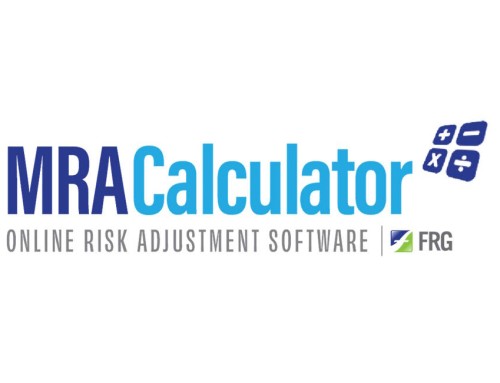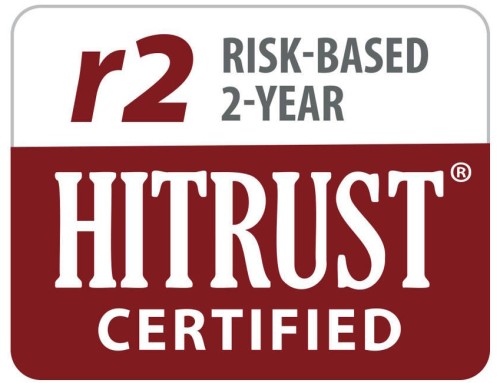As addressed in one of our previous articles, price transparency has multiple effects. It raises our level of awareness of the dynamic nature of healthcare expenses and ultimately encourages hospitals to compete for business, lowering the total cost of care for patients.
Of course, the challenges of getting all hospitals to cooperate with price transparency laws and converting price information into an accessible format for patients have become some of the most recent major hurtles to the effort.
In this article, we will review the status of the push for price transparency in America and note the current challenges. While there’s still a long way to go for price transparency in American healthcare, we are making progress.
Recent Progress Towards Price Transparency
Part of the problem with US healthcare has been the lack of transparency between providers and patients regarding how much procedures, use of healthcare technology and other services costs plan sponsors like employers, governments and individuals.
In 2010, the Affordable Care Act required hospitals to make their chargemaster rates (standard rates without discounts) available to the public. This was a step in the right direction, but chargemaster rates are not as helpful to the public as one might think. Most show inflated prices of services that barely resembled the actual price of care that patients could anticipate because of applied fixed and variable overhead allocations in unit cost models.
Both President Trump and Biden’s administrations have pushed for more meaningful price transparency since then. In 2019, Trump issued an executive order that initiated the Hospital Price Transparency Rule, which would eventually take effect in January of 2021.
As one might expect, during the first year since the rule went into place, hospitals have been reluctant to adapt and report their prices, with only 14% of hospitals complying. Noncompliance seems to stem from several factors, including most notably a reluctance to disclose additional pricing information and concern for how time consuming or costly the process of reporting prices could become.
In response, the Centers for Medicare and Medicaid Services (CMS), which monitors hospital compliance through audits of hospital websites, has issued formal warnings to non-compliant hospitals. However, enforcement has been limited to these warnings. No civil penalties have been issued yet.
This hesitation is understandable. Since the COVID-19 pandemic began, hospitals have had tremendous financial pressures, so the political climate for imposing penalties on cornerstone institutions – which employ a tremendous percentage of the workforce in some cities – has not been ideal.
In July of 2022, however, a rule issued by CMS entitled Transparency in Coverage Final Rule went into effect. This rule requires that pricing for covered services is disclosed to patients, helping them determine their out-of-pocket costs before rather than after their doctor visits. Time will tell if this market-based technique, rather than a regulatory enforcement, will have the desired effect.
What’s Next for Price Transparency: Interpretive Tools
In hindsight, and from our perspective, it seems obvious that price transparency depends on cooperation from healthcare providers. Pushback from hospitals forced to adopt the Hospital Price Transparency Final Rule seems to have been a natural result of demanding action without reward, and hopefully patient choices based on price disclosures will offer those incentives.
If it does work, and providers disclose more information, however, the next challenge on the horizon will be interpreting the data. FRG has spent more than two decades building tools to organize, summarize, and analyze health care cost data. It’s complex and big data. This will ultimately pose a challenge to anyone working to interpret this information.
Achieving the goals of Price Transparency, therefore, depends not only on healthcare organizations’ compliance with the Transparency in Coverage Final Rule but also on helping to make consumer price transparency tools accessible for patients.
Simply put, the data, when disclosed is likely to be too voluminous for anyone to make sense of it. The requirement for data to be delivered in “Machine-Readable Files” means expressly that it will be raw in form and not in digestible reports. Will patients be able to make sense of it? Maybe some. Will they be able to structure an analysis to find the most efficient price for a hip replacement? Maybe fewer.
FRG analysts predict that we will see a new service offering direct to patients that supports price comparisons for complex medical procedures. We’ve already seen it for pharmaceuticals (e.g. GoodRx, PharmacyChecker, Blink Health, WeRx, RxSave, SingleCare). Maybe Shatner and Cuoco will become the spokespeople for it. Maybe the hospitals will pay for it or maybe you’ll get it from your insurance carrier. We’ll have to wait and see.
Benefits of Price Transparency
Ultimately, many insist that price transparency will benefit patients and healthcare providers alike. Transparency builds trust between patients and their chosen healthcare providers. The healthcare market can also become more competitive once given the possibility of price transparency. Transparency would likely improve patient experience, thus leading to an increased rate of payments and additional rating opportunities.
FRG believes that transparency is a vital aspect of coordinated care. We provide data distribution services for health plans that write risk contracts with primary care providers to coordinate care and earn incentives for managing utilization and the total cost of care.
If you would like any additional information about this topic or our services, contact FRG by emailing info@frgsystems.com or calling (888) 466-1025.







Leave A Comment